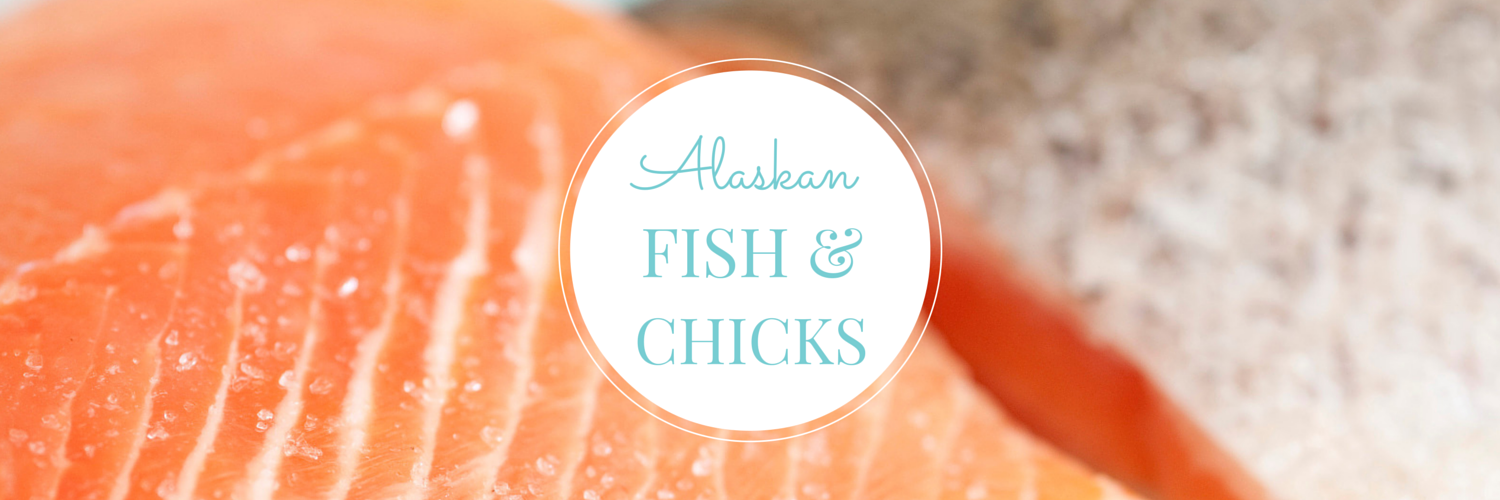
Applesauce- The Essence of Autumn
I love autumn, the colors, the crisp air, the last harvests of the season. Unfortunately Alaska has been dark, moist and bleary so far. I recently got my fall fix when I went to visit my friend Sarah in Michigan where the apples and fall where crisp and beautiful. We visited an orchard and picked a variety of apples i’d never heard of before- let alone tasted. We were not alone at the orchard! It was Detroit city schools day at the farm as well. Many of the kids clambered over hay bales and made faces as they tried tart, fresh apples.
After our trip we made applesauce following Sarah’s family’s tried and true method of making applesauce. It really showcases the varietal flavor of the apples we picked and I learned something new- freezing applesauce preserves the tart sweet flavor better than canning. These steps can be applied to Alaskan apples as well. If you are bent on using crabapples for your sauce make sure to mix in some sweeter variety as well to decrease the amount of added sugar you will need. If using commercial apples go for organic and pick smaller apples, they tend to last longer on the shelf and will retain better flavor in shipping.
Since this is a method based project I will not include a recipe, just let taste be your guide along the way.
Simple Applesauce from the Orchard
You will need:
A hand operated food mill/strainer- these can be found at Sportsmans’ Warehouse, Cabelas, and specialty food stores.
Apples- Tart and sweet, in our case Jonagolds and Empires.
Large heavy bottomed pots
Spatulas, wooden spoons
Knife and cutting board
Water
Sugar
Cinnamon
Red Hots (candy)
Step 1.
Cut the apples in similarly sized pieces. No need to peel or core the apples, the food strainer will do this. I usually slice the apples down to 6 slices per apple.
Step 2.
The bottom of your large cooking pot should have an inch of water in the bottom to prevent burning as the apples “melt” down. Add the chopped apples of similar sizes to the pot, filling no more than 3/4 full (the apples tend to rise during the cooking process).
Step 3.
Cook apples until fork tender as you would for mashed potatoes.
Step 4.
Carefully remove extra juice from your cooked apples and then scoop the apples into the food mill hopper and begin to grind the apples into mash, being careful not to overload. You will need to spatula the sauce away from the exit of the mill so that the exit area doesn’t overflow.
Step 5.
Once your sauce is processed add sugar, cinnamon, and Red Hot candies to taste. To preserve your sauce, label into freezer safe containers or follow the Alaska Cooperative Extensions’ steps for canning applesauce.



 We are both born and raised in Alaska, land of the midnight sun and fishing at 2am. We love to find new ways to use fresh ingredients or put a modern spin on an old Alaskan classic. We hope you will enjoy tasting Alaska.
We are both born and raised in Alaska, land of the midnight sun and fishing at 2am. We love to find new ways to use fresh ingredients or put a modern spin on an old Alaskan classic. We hope you will enjoy tasting Alaska.